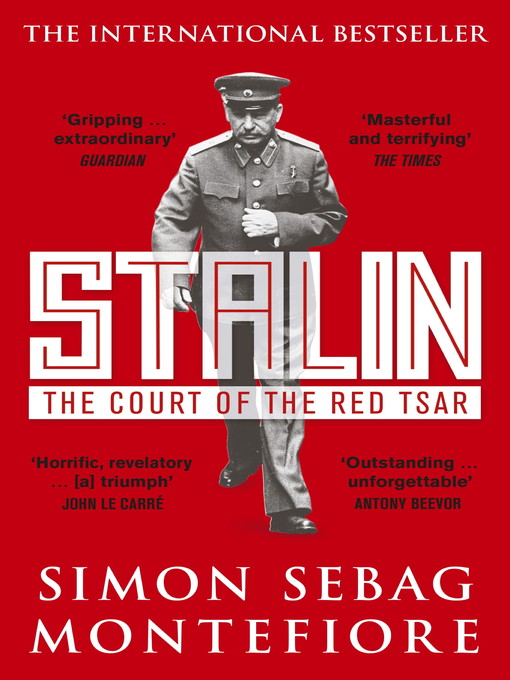

Whatever the reason, the delay was crucial. Sebag Montefiore does not explain which quirk of Russian temperament or Politburo convention made it necessary for the denunciation to be revealed only after Lenin's death. A few weeks before he died, Lenin dictated a secret 'Testament' which not only wanted to rob Stalin of the succession but actually called for his dismissal. But the philosophy - though perhaps once genuinely respected - became a front. Sebag Montefiore leaves the reader in no doubt that the monster had brains. When Lenin's widow tried to exploit her status, he demanded to know if, 'because she used the same toilet' as the Father of the Revolution, she imagined herself 'to understand Marxist-Leninism'. Of course he claimed to be driven forward by his passionate belief in communism. Beria 'distinguished himself by personally performing the torture of Lakobas's family, driving his widow mad by placing a snake in her cell and beating her children to death'.īut Stalin seems motivated only by the desire to seize and hold on to power. Some of the henchmen took pleasure in the butchery. There is violent death on almost every page because that is the defining characteristic of life 'at the Court of the Red Tsar'. He, not Sebag Montefiore, is guilty of excess. His story is, unavoidably, a tale of continual slaughter. On other occasions, he is specific: '10 per cent of the Georgian party were killed.' More precise still: 'On 29 July signed another death list that included more of Yezor's protégés.'įrom time to time, the account of horror is only an aside: 'Before he turned wantonly to kill another of his friend's wives.' But that is how Stalin lived.

In 1931, there was 'a war of extermination in the countryside'.

Reading Simon Sebag Montefiore's Stalin, it seems at first that the author is preoccupied with accounts of murder. The blood ran so thick and deep that it presents historians with a problem. And, for good measure, they liquidated their enemies' wives and children, too.

Yet Stalin and those who served him continued the policy of mass murder for almost 30 years, liquidating everyone who was thought to stand in their way. The deceit and hypocrisy prove that they could feel shame, if not guilt. But the leaders of the interwar Soviet Union, for whom killing was an instrument of policy, 'never discussed the Terror before children who lived in a world of lies'.


 0 kommentar(er)
0 kommentar(er)
